'The Slow Coach'
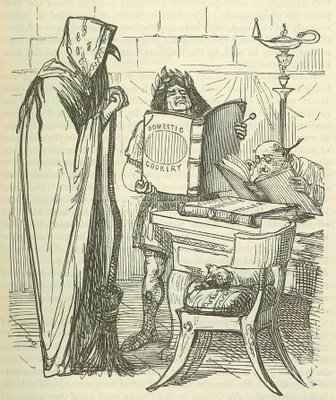
'Tarquinius Superbus has the Sibylline Books valued'

'Tarquinius Superbus makes himself King'
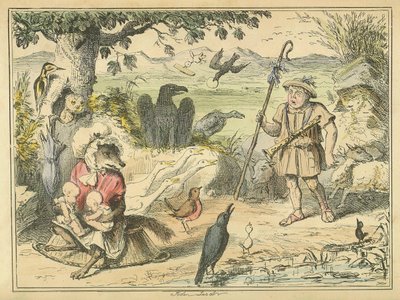
'Romulus and Remus discovered by a gentle shepherd'
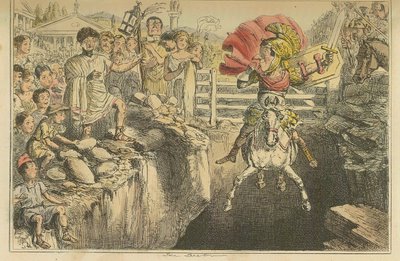
'The gallant Curtius leaping into the gulf'

'Scarecrow'
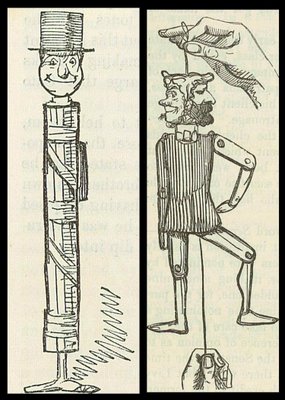
Initials I and R
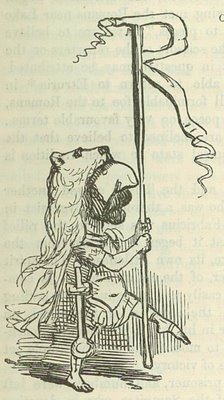
Initial R
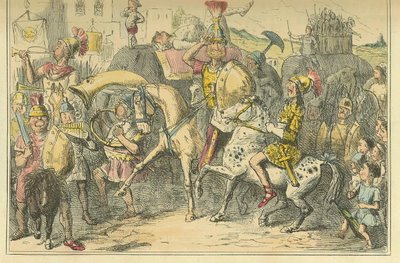
'Pyrrhus arrives in Italy with his Troupe'
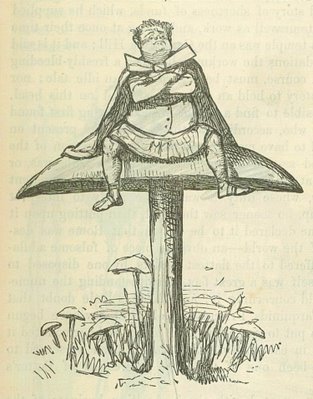
Initial T
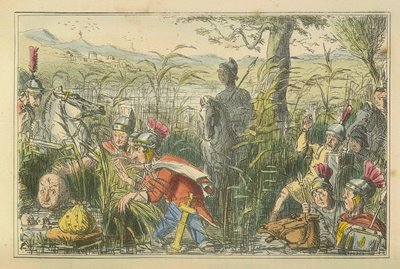
'Marius discovered in the Marshes at Minturnae'
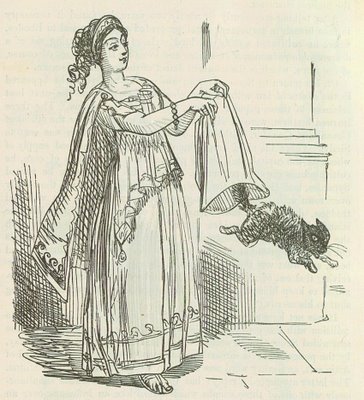
Fulvia
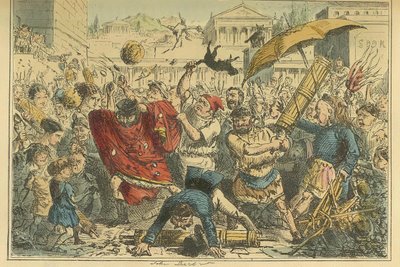
'Appius Claudius punished by the People'
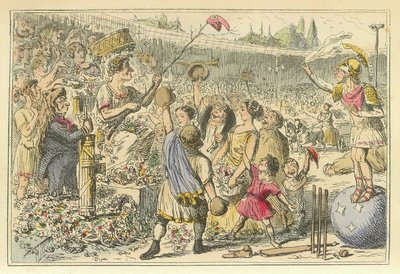
'Flaminius restoring Liberty to Greece at the Isthmian Games'
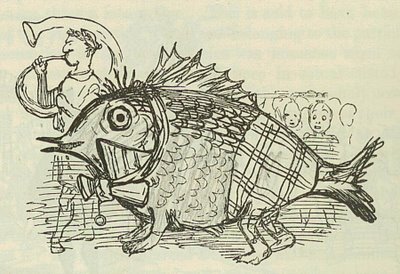
'In all probability something of this sort'
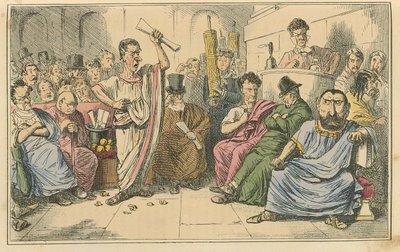
'Cicero denouncing Cataline'
John Leech (1817-1864) was an inheritor of the english caricaturist mantle from the likes of James Gillray and Thomas Rowlandson; although a slightly lesser light than his contemporary, George Cruikshank, with whom Leech collaborated on a series of illustrations.
Leech's drawing style evokes the obviously strong influence of his mentors, but he developed his own niche, eschewing the extreme satirical elements of the earlier artists in favour of an approach to his subject matter that was perhaps "less grotesque, less boisterous, less exaggerated, nearer to the truth and to ordinary experience." It may have been his brief working sojourn with illustrators in France that induced a toning down of the comic style in the shift from Regency excess to Victorian moderation.
Leech had abandoned medical studies to pursue a career in drawing and his longstanding friendship with author WM Thackeray helped him arrange work with periodical publications. In 1841 he obtained a position with the newly founded Punch Magazine where his humorous political and social commentary illustration work greatly contributed to the magazine's success. He produced over 3,000 drawings and 600 cartoons for them during the following 23 years.
Leech was a prolific and fast illustrator and he supplied illustrations for a number of magazines and books, most notably the plates in 'A Christmas Carol' by Dickens. He collaborated with the journalist, lawyer and Punch Magazine contributor, Gilbert Abbott À'Beckett on a couple of humorous books including the 10 steel engravings and 100-odd wood engravings that feature in 'The Comic History of Rome - From the Founding of the City to the End of the Commonwealth', 1852.
À'Beckett's stated aim of popularising history was borne out in the successful reception which followed the publishing of 'The Comic History of Rome'. The humorous caricatures, often tinged with pathos, are well known to many history students to this day. From the preface -
"Some explanation is perhaps due from a writer who adopts the title of Comic in relation to a subject which is ordinarily considered to be so essentially grave as that of History. Though the epithet may be thought by many inappropriate to the theme, this work has been prompted by a very serious desire to instruct those who, though willing to acquire information, seek in doing so as much amusement as possible."
- All the illustration images from 'A Comic History of Rome' are available from Wikimedia -- these have been taken from the full digital facsimile hosted by Carnegie Mellon University's Posner Library.
- John Leech at Wikipedia.
- The Victorian Web on John Leech, including many illustration examples.
- The John Leech Sketch Archives from Punch contain over 600 illustrations.
- Brief commentary on the 1996 reprint of 'The Comic History of Rome' at Bolchazy-Carducci Publishers.
- 1911 Encyclopædia Britannica on Gilbert Abbott À'Beckett.
- Update: 'A Comic History of England' post.




















1 comment :
i love these. another great post, pk -- thanks!
Post a Comment
Comments are all moderated so don't waste your time spamming: they will never show up.
If you include ANY links that aren't pertinent to the blog post or discussion they will be deleted and a rash will break out in your underwear.
Also: please play the ball and not the person.
Note: only a member of this blog may post a comment.